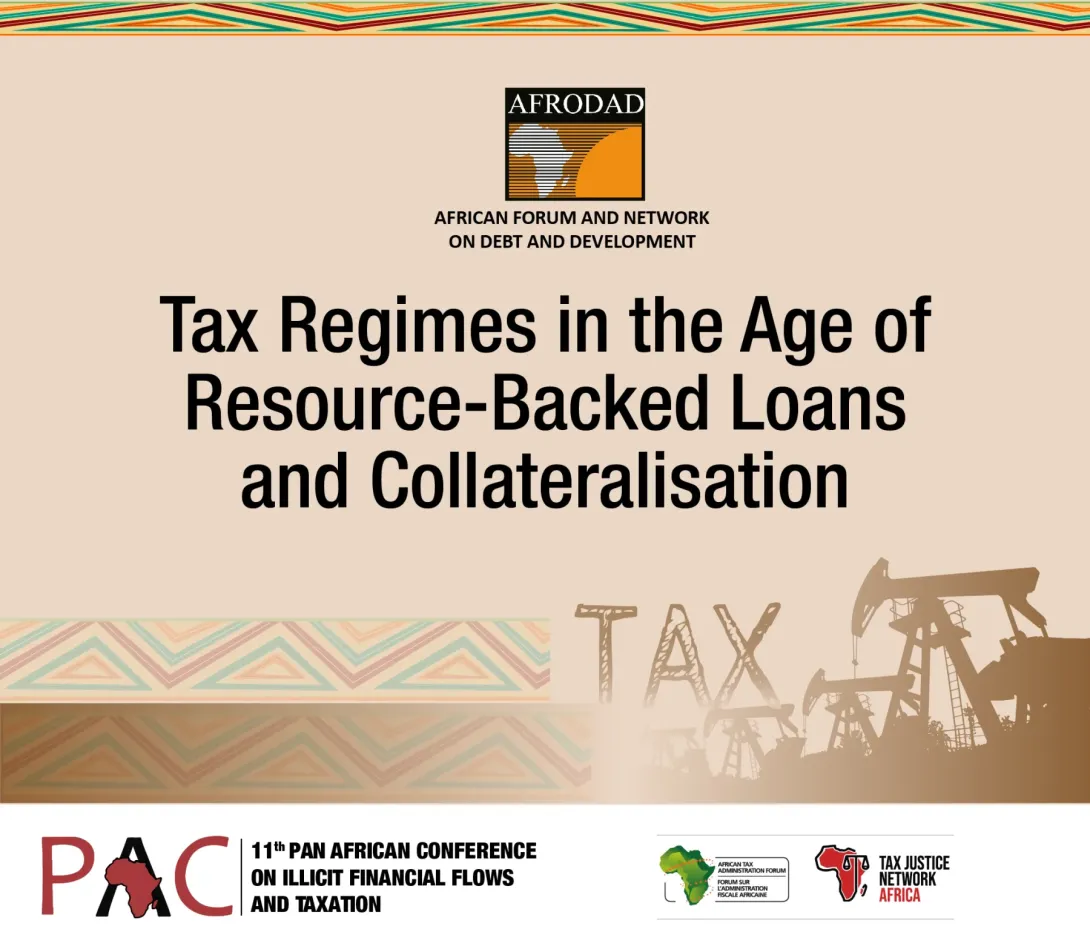Africa boasts of abundant natural resources, promising economic prosperity, yet governments grapple with financial constraints, especially in the face of global economic challenges, hindering their ability to provide essential public services. Important infrastructure like electricity, transport, telecommunications, water and sanitation, is crucial for development and livelihood improvement. Moreover, insufficient infrastructure financing has become a pressing concern, forcing governments to explore avenues for economic, industrial, technological, and social progress.
Resource-Backed Loans (RBLs) and mineral resource collateralisation represent potential financing mechanisms to achieve these goals. Generally, RBLs are loans secured by leveraging on a country’s natural resources. They enable governments to unlock current resources while deferring financing until the resource extraction process is complete. However, RBLs have contributed to mounting debt levels in Africa largely due to their design, particularly their investor- centric nature. While RBLs could theoretically help bridge infrastructure gaps, their design often favors investors over national governments. Addressing this imbalance and creating guidelines for managing RBLs are critical milestones to safeguard African governments from potential exploitation by lending institutions.
Register for the side session


